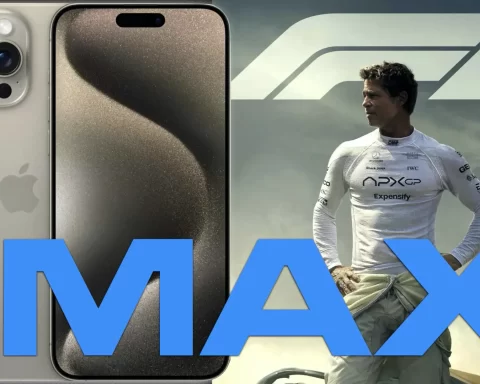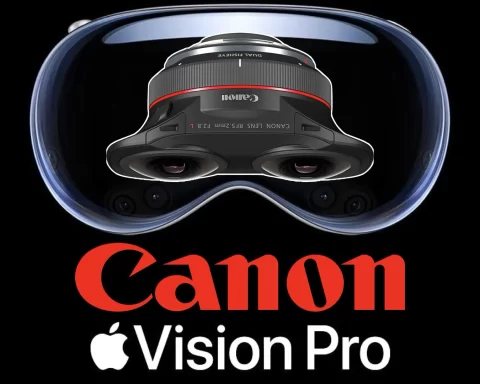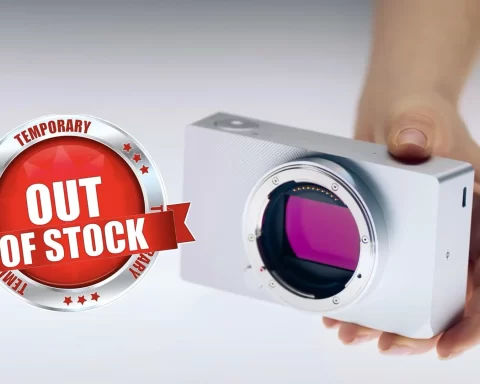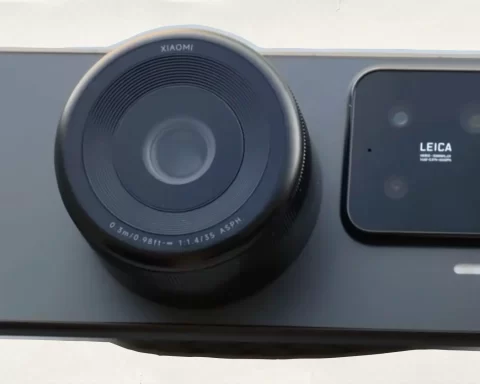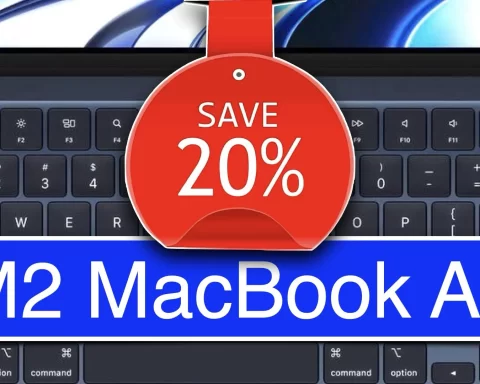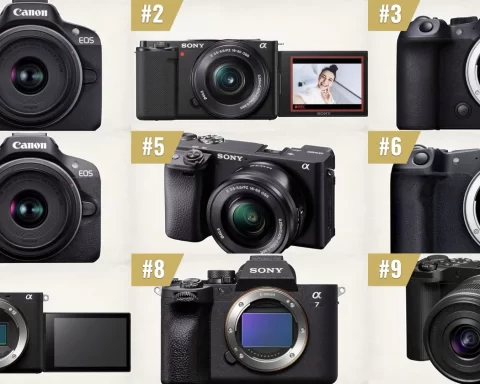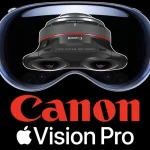Apple wants you to use its iPhone for professional filmmaking applications. According to solid rumors, the next iPhone will be capable of shooting ProRes, and that’s a big deal. Why? Because it will bring professional filmmaking to the masses. Read below about this assumption that can shake the filmmaking industry.
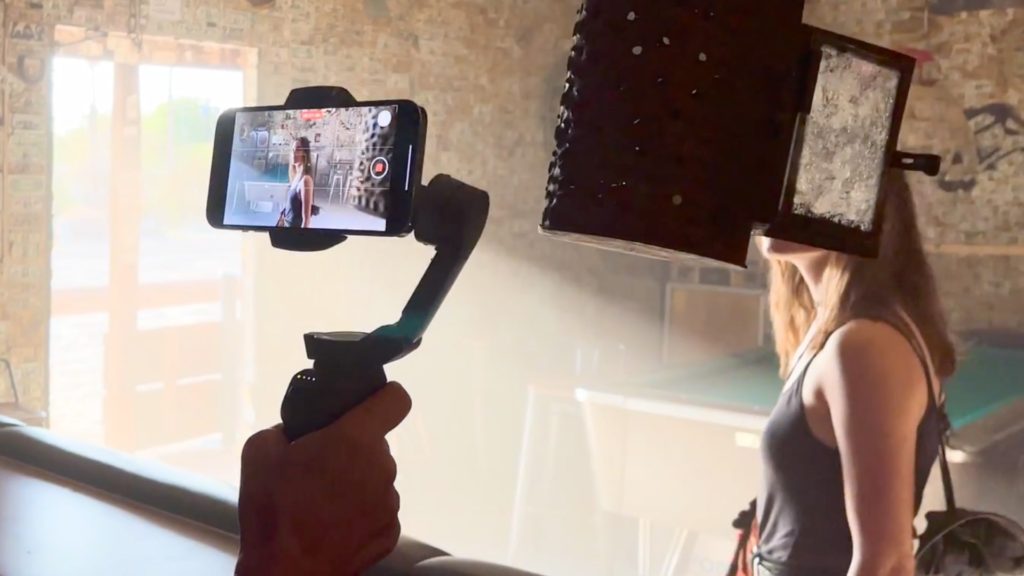
iPhone 12 Pro symbolizes a new era of filmmaking devices
While every modern smartphone grants you some solid video capabilities, Apple wants to do more than that. One of the official videos of the iPhone 12 Pro clearly demonstrates that hypothesis. The video was shot b acclaimed cinematographer Emmanuel Lubezki, using entirely the iPhone 12 Pro. “I think that the iPhone Pro will allow filmmakers all around the world to make films that otherwise are impossible because you don’t have the means or because the cameras are too heavy or too complicated. One of the things that are really exciting about the iPhone Pro is that you have Dolby Vision HDR in real-time. So you are able to see an image that is already color corrected” said the award-winning cinematographer. In case you’ve missed it, watch the video below which shows Lubezki in action by filming with the iPhone 12 Pro.
Sharpening the iPhone with ProRes
Apple ProRes is one of the most popular codecs in professional post-production. The ProRes family of video codecs has made it both possible and affordable to edit full-frame, 10-bit, 4:2:2, and 4:4:4:4 high-definition (HD), 2K, 4K, 5K, and larger video sources with multi-stream performance in Final Cut Pro X and other NLEs. According to trusty leakers, the next iPhone Pro will be armed with this codec, utilized by a faster chip. This will allow to dramatically improve the next iPhone Pro video capabilities.
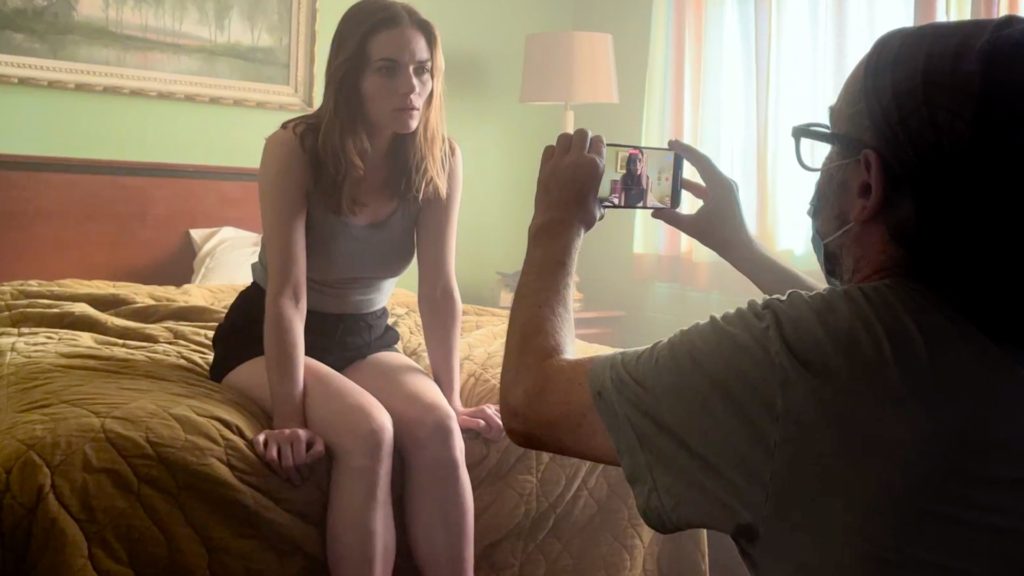
Bringing professional filmmaking to the masses
As most of the readers of this blog know, that the ProRes format is used by professional video editors in the film industry and isn’t normally intended for the mass market in part because of its large file sizes. However, sources confirm that ProRes will be optional in either HD and 4K resolutions on the next iPhones. The ProRes feature would follow last year’s edition of ProRAW, which is a higher-quality still photo file format that gives professional editors more control. Like with ProRAW, the ProRes video recording may be exclusive to the pricier Pro models.
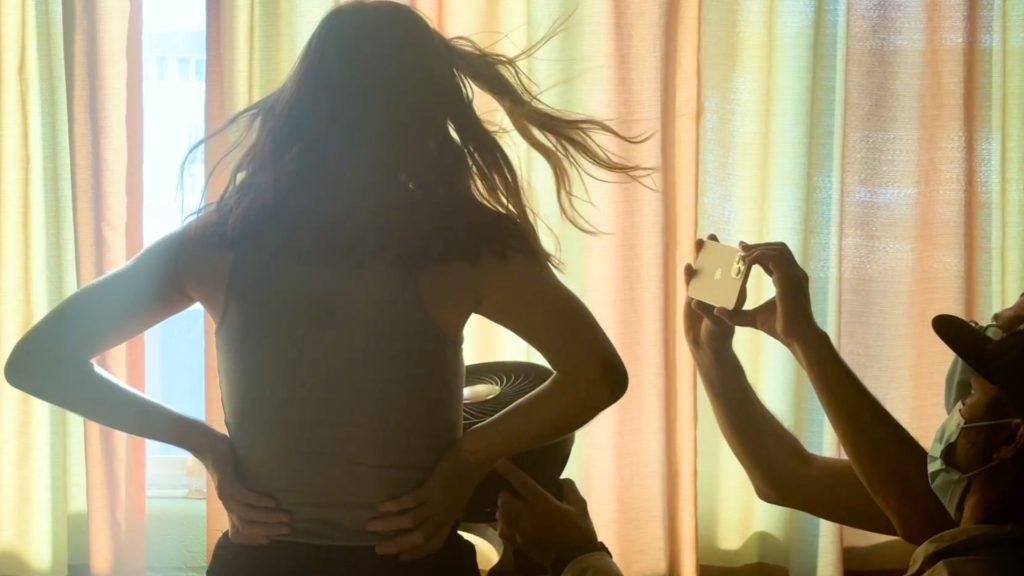
Pro camera features
This is the most recent update by Bloomberg’s Mark Gurman, regarding the features of the next iPhone:
- The same 5.4-inch and 6.1-inch sizes for the regular models, and the same 6.1-inch and 6.7-inch variations for the Pro models. The designs won’t change much, save for a smaller notch at the top of the screen.
- New camera capabilities, including a video version of Portrait mode dubbed Cinematic Video, a new AI-driven filter system to apply different styles to your photos, and higher-quality video recording in ProRes for the Pro models.
- A faster A15 chip with the same core counts as the A14 chip.
- New screen technology that will enable ProMotion (a faster, 120-hertz refresh rate on the Pro models) and potentially an always-on screen mode.
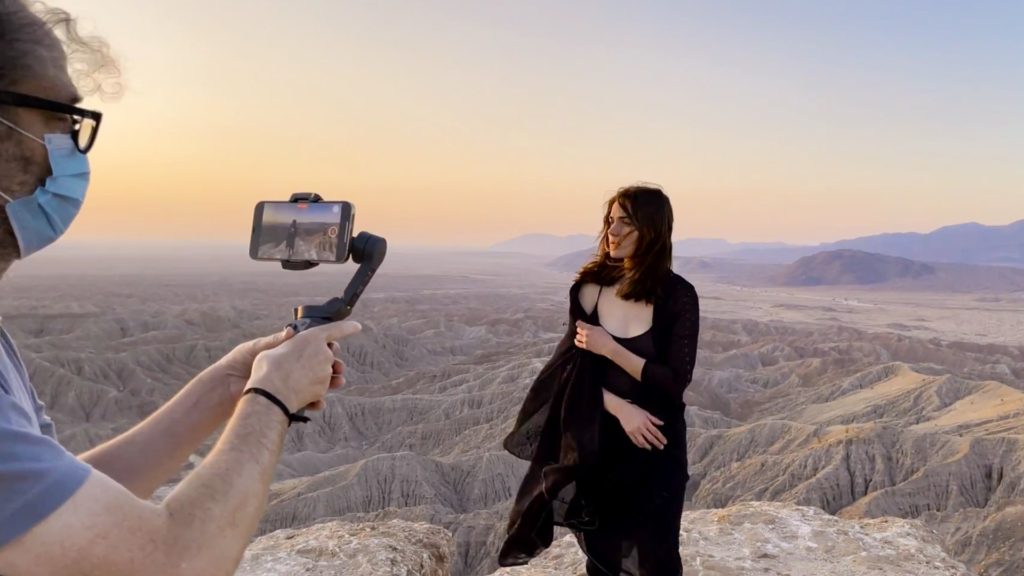
Final thoughts
Apple has the technology, and the ability to pull it off. There’s no doubt about that. Apple is well familiar with its own technology and thus can implement the ProRes codec inside the advanced version (Pro) of the iPhone. The reason Apple hasn’t been executing that is because of processing power, and…market demand. By sharpening and improving processors’ capabilities, the ProRes recording mode can be leveraged, on a smartphone. That might be useful for a lot of us. Imagine the iPhone as a B cam without compromise on image quality. The ProRes can be matched even with high-end cinema cameras on set. That’s for the professional market. As for hobbyists, it constitutes a great opportunity to try and get familiar with better codecs and workflow possibilities. We’d make a wild guess by saying that Apple’s next step is to elevate the sensor size of its smartphones, and thus significantly improve possibilities, regarding video capture.
What are your insights about using the iPhone as a professional filmmaking machine? Would you utilize the ProRes codec when shooting with it? Comment below.


